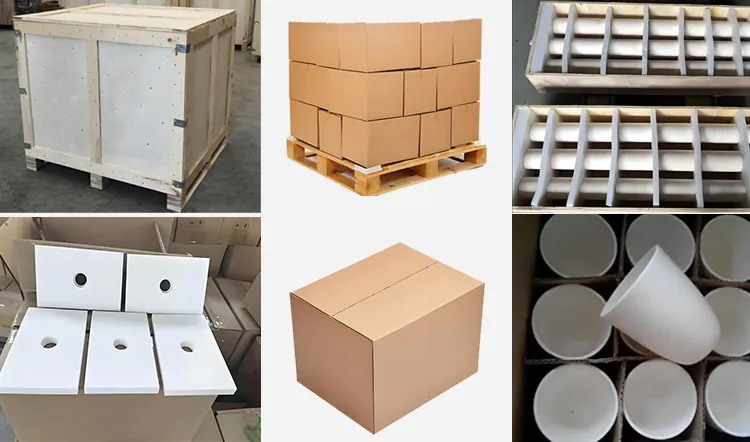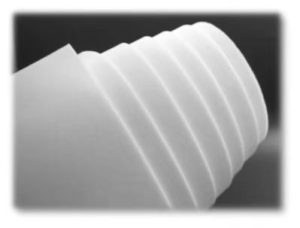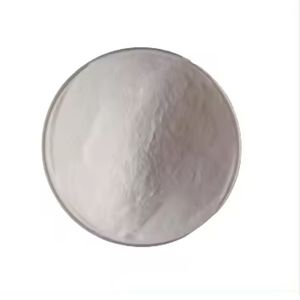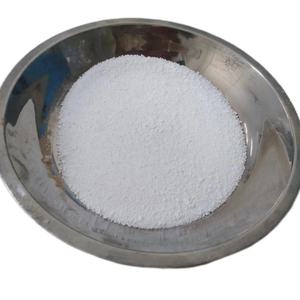Professional industry ceramic supplier, silicon nitride, silicon carbide, aluminum nitride and any other kinds of ceramics.
1. Introduction
Just 24 hours ago, a materials science lab in Dresden accidentally melted a prototype silicon nitride crucible while testing it with molten titanium—turning a routine experiment into a viral TikTok clip titled ‘When Your Crucible Quits on You.’ While the lab scrambles to explain why their ‘indestructible’ container turned into a puddle of regret, the incident highlights a critical question: when it comes to high-temperature containment, is silicon carbide or silicon nitride truly the better choice?

Enter the silicon carbide crucible—the unsung hero of foundries, labs, and, oddly enough, gourmet kitchens. But before you start baking your lasagna in a vessel rated for 1600°C, let’s unpack what makes these advanced ceramics tick, and why they’re not all created equal.
2. Silicon Carbide Crucibles: The Tough Guy of the Ceramic World
Silicon carbide (SiC) is basically the Arnold Schwarzenegger of advanced ceramics—dense, strong, thermally conductive, and unbothered by extreme heat. A silicon carbide crucible can handle temperatures up to 1650°C in oxidizing atmospheres and even higher in inert ones. It’s widely used for melting non-ferrous metals like aluminum, copper, and zinc, thanks to its excellent thermal shock resistance and low reactivity with molten metals.
What really sets SiC apart is its versatility. Beyond crucibles, you’ll find silicon carbide ceramic tiles lining industrial kilns, silicon carbide burner nozzles directing flame with surgical precision, and even silicon carbide ceramic baking dishes masquerading as dinnerware (yes, that Staubb-style casserole dish might secretly be made of the same stuff as your furnace liner).
- Resists thermal shock like a champ
- High thermal conductivity = faster, more even heating
- Chemically inert with many molten metals
- Also doubles as your holiday casserole dish (silicon carbide ceramic casserole dish with lid, anyone?)
3. Silicon Nitride Crucibles: The Precision Specialist

Now meet silicon nitride (Si3N4)—the James Bond of advanced ceramics. Sleek, precise, and engineered for missions where failure isn’t an option. Silicon nitride crucibles are less common but prized in high-purity applications, like semiconductor manufacturing or melting reactive alloys (think titanium or zirconium), where even trace contamination from the crucible ruins the batch.
Unlike silicon carbide, silicon nitride has lower thermal conductivity but superior mechanical strength at high temperatures and exceptional resistance to oxidation and corrosion. Factories specializing in silicon nitride crucible production often cater to aerospace and lab markets, where performance trumps cost.
You’ll also spot silicon nitride in custom silicon nitride heat shields, silicon nitride rings for pumps, and silicon nitride plates used in extreme environments. While you won’t find a silicon nitride ceramic butter dish at your local kitchen store (yet), its presence in high-tech industries is growing fast.
4. Boron Carbide vs. Silicon Carbide: A Quick Detour
While we’re comparing tough ceramics, let’s address the elephant in the room: boron carbide vs. silicon carbide. Boron carbide (B4C) is harder—second only to diamond—and used in armor and abrasive applications. But it’s brittle, expensive, and reacts poorly with many metals at high temps. Silicon carbide wins for crucible use thanks to better toughness, thermal conductivity, and cost-effectiveness.
In short: boron carbide stops bullets; silicon carbide melts metal and bakes your pie. Different jobs, different heroes.

5. From Furnace to Table: The Curious Case of Silicon Carbide Dinnerware
Here’s where things get weird—and wonderful. The same silicon carbide used in rbsic silicon carbide tile blocks and silicon carbide thermocouple protection tubes is now showing up in consumer goods. Search online, and you’ll find silicon carbide ceramic dinner plates, silicon carbide black ceramic plates, even silicon carbide ceramic Christmas plates.
Why? Because SiC’s thermal stability means these dishes go straight from freezer to oven without cracking. Plus, they look sleek—matte black, glossy white, or handcrafted artisanal finishes. Just don’t confuse your silicon carbide ceramic salad bowl with an actual lab crucible. (Though honestly, your kale might appreciate the upgrade.)
6. Tubes, Discs, and Other Silicon Carbide Oddities
The utility of silicon carbide doesn’t stop at bowls and crucibles. Need a silicon carbide tube for your furnace? Done. A silicon carbide ceramic grinding disc for pottery? Available. How about silicon carbide ceramic disc taps for plumbing? Yep—those exist too. The material’s hardness and chemical resistance make it ideal for wear parts, seals, and high-temp fluid handling.
Even silicon carbide discs find dual use: as piezoelectric components in sensors or as sanding discs for finishing ceramics. It’s the Swiss Army knife of advanced ceramics—just don’t try to open a bottle with it.
7. Conclusion
So, silicon carbide crucible or silicon nitride crucible? If you’re melting aluminum in a foundry or baking sourdough in a dish that laughs at thermal shock, silicon carbide is your go-to. But if you’re handling reactive metals in a cleanroom or building a satellite component, silicon nitride’s precision and purity win the day.
Both materials showcase the magic of advanced ceramics—where science meets practicality, and sometimes, your dinner plate is basically a piece of industrial hardware. Just remember: no matter how tough your silicon carbide ceramic casserole dish is, it probably shouldn’t be used to melt titanium. (Unless you’re okay with TikTok fame.)
Our Website founded on October 17, 2012, is a high-tech enterprise committed to the research and development, production, processing, sales and technical services of ceramic relative materials such as Silicon. Our products includes but not limited to Boron Carbide Ceramic Products, Boron Nitride Ceramic Products, Silicon Carbide Ceramic Products, Silicon Nitride Ceramic Products, Zirconium Dioxide Ceramic Products, etc. If you are interested, please feel free to contact us.




